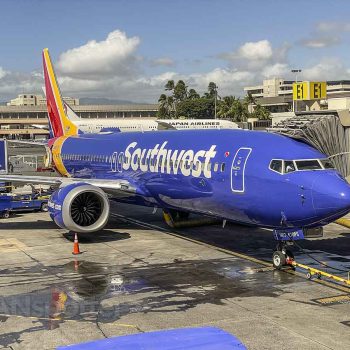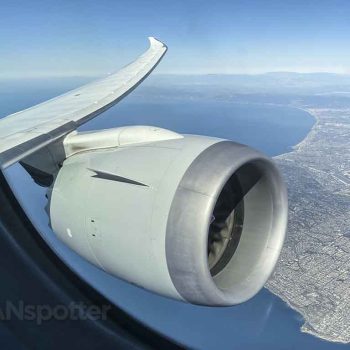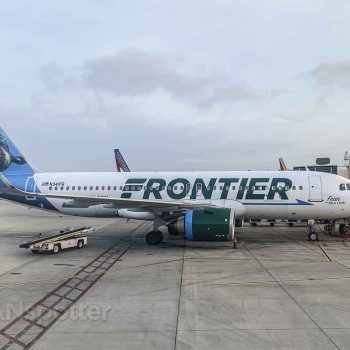Transporting prisoners on planes conjures up images of Con Air in most people’s minds. As with most iconic movie stories, realism comes into question.
You might ask yourself why they transport prisoners on planes in the first place. Could a crash allow convicts to run amok? Who handles these kinds of jobs? What kind of safety protocols exist? Could an inmate be sitting next to you on a commercial flight?
While Hollywood gets a few things right, more nuances exist in reality. I was somewhat bored while sitting in an airport recently, so I looked into common questions one might have about transporting prisoners on planes to help clear the air. Hopefully what I’m about to explain will help you rest easy next time a questionable character walks onto your flight.
Why do they transport prisoners on planes?
Recent statistics show that the Federal Bureau of Prisons incarcerates over 220,000 people. The types of facilities range from federal prison to prison camps and private contract prisons.
Not every jail or detention center falls under the purview of the federal prison system. Inmates numbering in the tens of thousands reside in private jails and detention centers across the country.
Contrary to popular belief, prisoners don’t always serve out their sentences in a single facility. The sheer number of inmates places a large burden on the system. Facilities need the resources to deal with population changes, management, and medical requirements.
Dealing with these logistical issues, as well as changes to inmate’s security designations, means transporting prisoners to new facilities as needed.
At any given point in time, the system needs to have the means to transport thousands of inmates. Buses remain the most common option, but sometimes the agency needs to cover more space in a shorter time.
In scenarios where a convict must arrive in a new facility across the country in 24-48 hours, plane transportation becomes a necessity. Other reasons for expedited travel include pretrial hearings, medical exams, competency hearings, and testifications at trials.
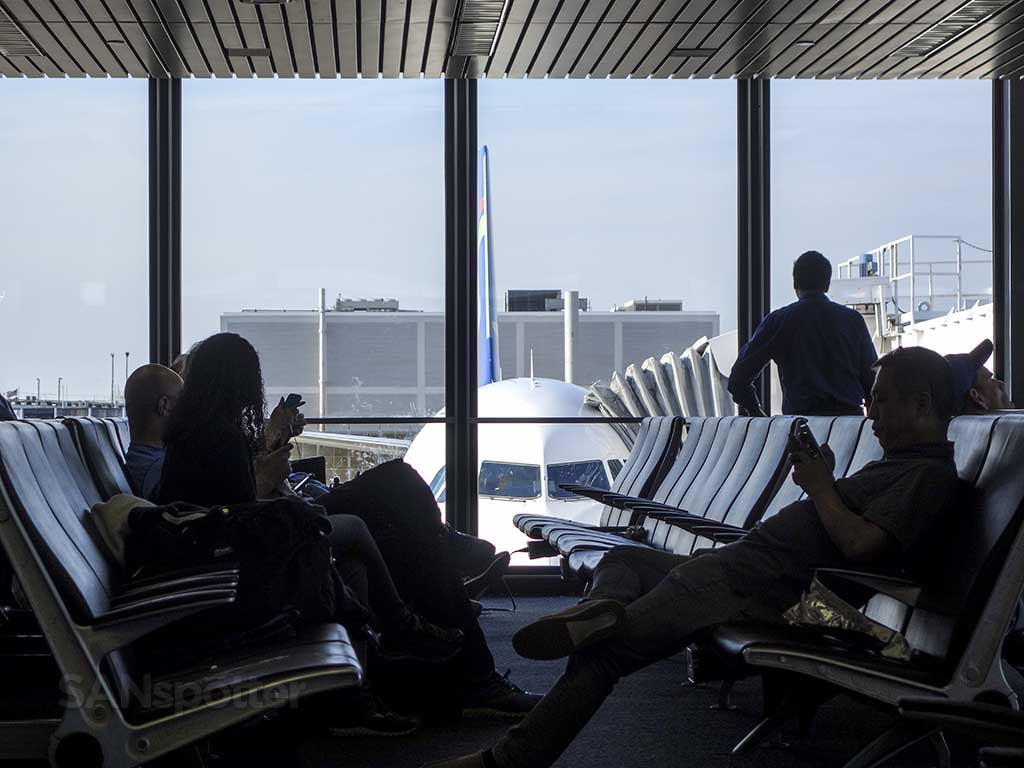
Transporting prisoners on commercial flights
Prisoners fly on commercial airlines based on the circumstances of their extradition. Higher costs of private aircraft make commercial flights more economically feasible for less dangerous prisoners.
Depending on the region, prisoners may use commercial flights up to hundreds of times per year. However, robust regulations exist to determine when this happens.
The agency responsible for transporting the prisoner designates the individual as high or low risk. Transporting more than one high-risk prisoner requires special TSA authorization.
Strict requirements regulate the standards for transporting prisoners:
- At least one armed law enforcement official is required to escort a prisoner.
- Flight times can’t surpass four hours.
- Prisoners board the flight before all other passengers.
- Seating requirements force them to the rearmost position of the passenger cabin.
- Restraints remain on the prisoner’s hands for the duration of the flight.
- During mealtime, they can not use metal eating utensils or have any alcoholic beverages without the officer’s authorization.
While the notion of a prisoner on board might make the average passenger’s skin crawl, serious safety protocols keep everyone aboard out of harm’s way.
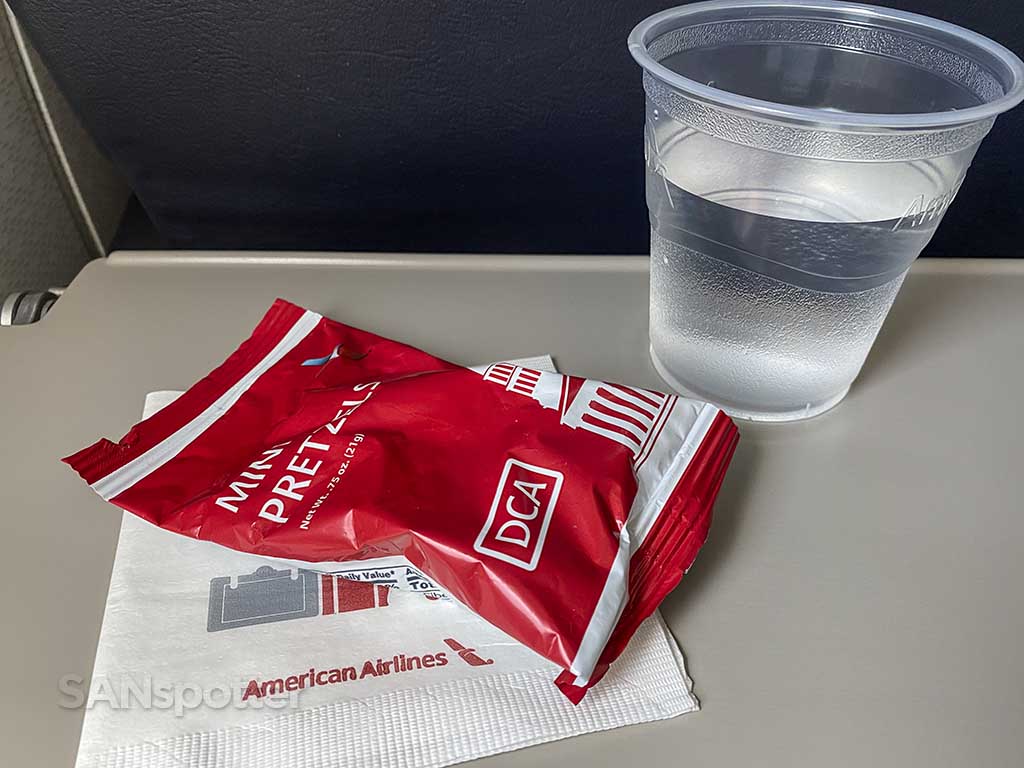
Transporting prisoners on private flights
You can breathe a sigh of relief since private companies handle the overwhelming majority of flights designated for prisoner transport.
An entity formed in 1995, dubbed The Justice Prisoner and Alien Transportation System (JPATS), specializes in transporting convicts.
In terms of volume, JPATS fields thousands of requests daily. JPATS works in tandem with the Federal Bureau of Prisons to make sure prisoners make it to detention facilities and court hearings on schedule. They also cooperate with military and civilian law enforcement agencies to transport prisoners between different jurisdictions.
Working with a private entity like JPATS costs less money than going the commercial route. As you might expect, security levels are also considerably higher on JPATS flights.
Demand for prisoner transportation has been increasing since the early 1990s. JPATS completes over 154,000 flights per year. They serve 42 domestic and international cities on an ad-hoc basis.
The organization emphasizes logistics. The timely nature of court appearances necessitates thorough itineraries for every flight.
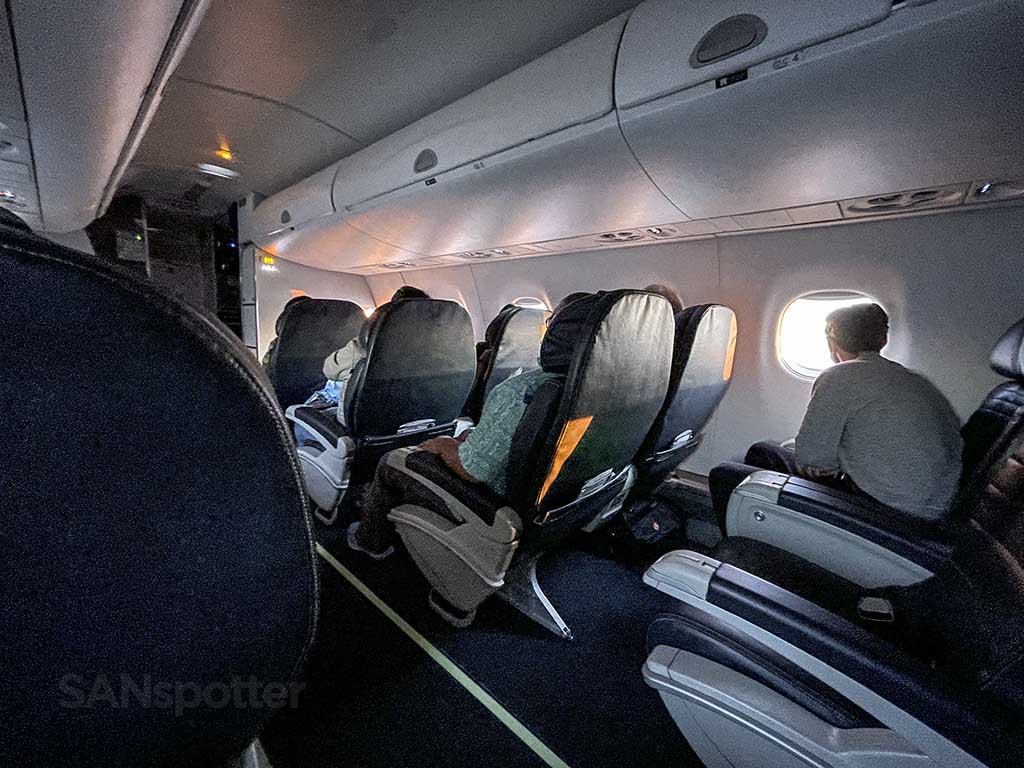
Other for-profit transportation companies
TransCor America
TransCor America prides itself in offering high-quality prisoner transportation service. Founded in Nashville, Tennessee, in 1990, they have over two million passenger transports under their belt today.
- Retired, reserve, and active-duty military officials comprise one-third of their workforce.
- To guarantee the safety of those onboard their aircraft, their transportation officers receive training in both lethal and non-lethal defensive techniques.
Prisoner Transportation Services
Prisoner Transportation Services provides around-the-clock security services to the U.S., Puerto Rico, and the U.S. Virgin Islands. They cooperate with over 1,200 government agencies to transport around 30,000 inmates yearly.
Possessing over 20 years of experience in the industry, they are the only 100% employee-owned prisoner transport company.
U.S. Corrections
U.S. Corrections offers transportations services to all 50 states. Their statistics claim they offer considerable cost savings compared to the U.S. Marshal service.
For-profit companies maintain full compliance with the Dangerous Criminals Act of 2000. The act governs interstate transportation regulations throughout the United States.
Is transporting prisoners on airplanes safe?
Meticulous protocols ensure transporting prisoners occurs as safely as possible. An array of government employees, including federal air marshals, prison staff, and contract employees, attend every flight to monitor the prisoners. By the way, do you know how to spot an air marshal? It’s not all that difficult…
- The planes chosen for these jobs have sound safety records and routine maintenance.
- Prisoners undergo extensive screening procedures before flight admittance.
- Prison airlift staff assess the quality of the prisoner’s restraints, verify their identities, and evaluate any special accessories on their person.
- Special seating arrangements provide an added layer of security. In cases where convicts become unruly, the staff enforces swift disciplinary measures.
- Personnel handling the transportation of prisoners receive extensive training before hitting the field. Companies tend to recruit people with military and law enforcement backgrounds for these positions.
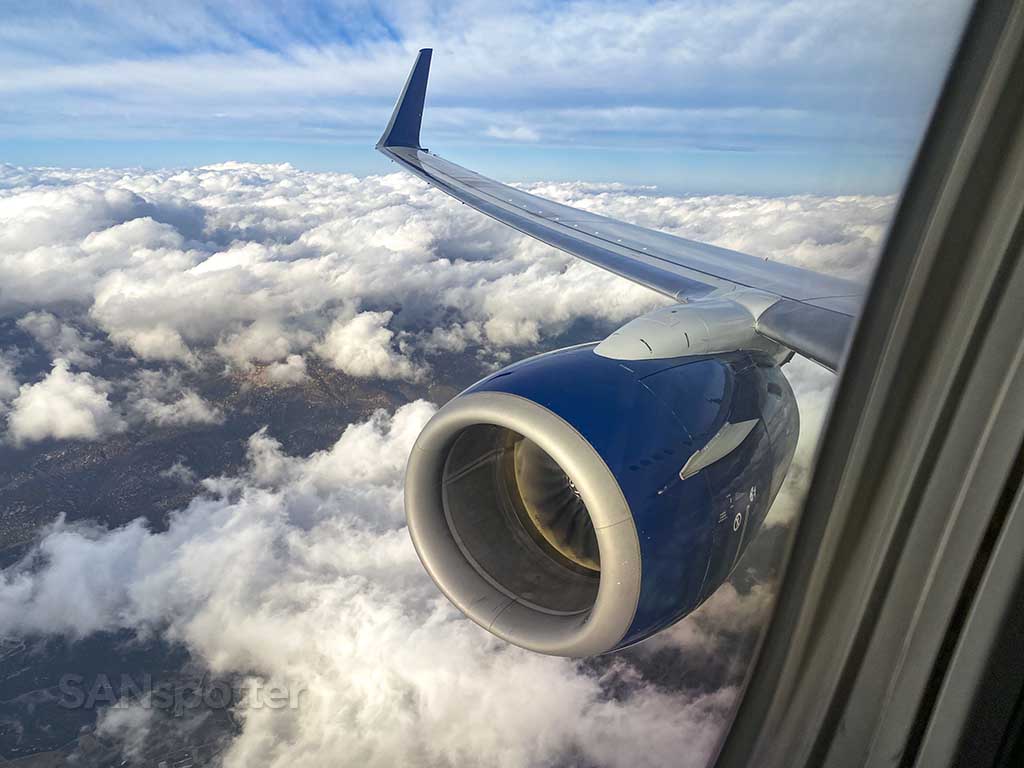
What happens if the plane crashes?
Plane crashes of the magnitude depicted in Con Air aren’t common in everyday life. Documentation detailing JPATS flights since 1995 indicates no fatalities.
The closest real-world analog to the film occurred in October 2003. A tire explosion on a leased JPATS aircraft caused a forced landing at Chicago’s O’Hare International Airport.
The onboard personnel evacuated all of the passengers. None of the prisoners suffered any injuries during the evacuation. No reported escape attempts resulted in a manhunt.
A subsequent investigation led to the conclusion that foul play was not the cause of the leased aircraft’s defect.
A real-world case study
You can look to the crash of Air Ontario Flight 1363 for a real-world (non-Hollywoodesque) example of a commercial plane with a prisoner on board. In March 1989, the flight took off from Dryden Regional Airport.
- The flight only stayed aloft for around 49 seconds because of ice and snow on the wings. The aircraft collided with trees near the end of the runway, disintegrating on impact.
- Tragically, 21 of the 65 passengers on board died during this incident. The flight logs reveal that a constable named Dennis Swift and his prisoner survived the crash. Dennis suffered injuries but still managed to keep his prisoner under control.
- All survivors exited the aircraft and waited for a rescue team. No reports detail anything about the prisoner getting violent or attempting to escape.
You won’t find news stories describing large-scale prisoner escapes following plane crashes. For example, in 2020, aviation accidents caused a total of 137 deaths.
In rare circumstances where planes crash or land early, the logistics of escape aren’t feasible. If you’re looking for an adrenaline rush, it’s best to consult a Hollywood script over national news stories.


